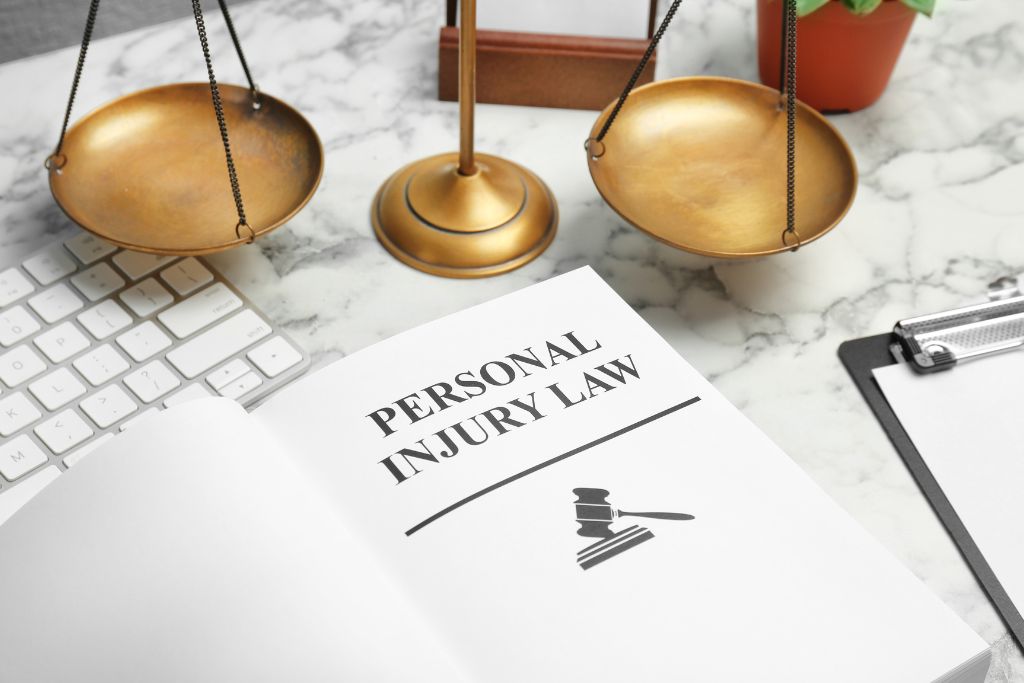The majority of cases involving personal injury are settled in settings other than courts. Following the delivery of a demand letter and documentation of the damages by your attorney to the insurance company representing the opposing party, this is typically the next step that takes place. There will be a counteroffer made by the insurance company representing the other party. This will require some time on your part.
Time Matters
Personal injury statutes of limitations vary by state. After the deadline, lawsuits are barred. If you sue, you must file a complaint and summons. The complaint lists the parties and their duties. Defendants then accept or deny your injuries and damages.
Insurance firms delay personal injury cases and settlement negotiations to get you to give up. This could cost you proper reimbursement for your losses.

You need a trial-ready personal injury lawyer to win your case. If you don’t have legal experience, the insurance company may try to get you to accept a low offer.
Medical Care
Defendants in personal injury lawsuits are individuals or businesses. The plaintiff claims the defendant was negligent and caused their injuries.
Even moderate symptoms require rapid medical attention in any personal injury case. Early medical attention can prevent the worst-case scenario and provide complete medical records for a future damage claim.

X-rays, doctor’s notes, and patient files will prove your bodily damages and agony and suffering. These data will also prove your lost income. If your injuries are not valid, the insurance company may refuse to settle. However, smart talks with the liable party’s insurance company often resolve personal injury lawsuits out of court.
Costs
Personal injury trials cost money. Copies, long-distance calls, and court filing expenses. If your case lasts years, these charges might be expensive. Discovery follows filing a lawsuit. Discovery involves sharing information. Every case needs this.
After discovery, your attorney writes a demand letter stating how much compensation you want. Your out-of-pocket payments and anticipated losses and expenses due to your injuries are included in the demand.

The defendant or their insurance company usually accepts or counteroffers your demand letter. Negotiations are time-consuming and frustrating. Your attorney can charge grossly during this time.
Legal Costs
Most personal injury lawyers are paid only if they win their clients’ cases. This is expensive—lawyer expenses might take up 33% to 40% of the settlement or judgment.
The plaintiff files a civil complaint to initiate a lawsuit. This will list the claims and damages. The summons informs the defendant of the action and sets a court date. Professional process servers or court officials must personally deliver the summons to the defendant.

The plaintiff must then show that the defendant was careless or otherwise at fault in the accident that caused their injuries. Police reports, photographs, witness testimony, and surveillance/security footage are needed. It also involves showing their injuries and losses and how they’ve been affected every day.
Know your rights and safety precautions in personal injury claims. “7 Safety Tips to Avoid Being the Victim of Accidents” provides useful safety advice. These safety tips are useful when deciding whether to sue or settle a personal injury case. Preventing accidents and injuries requires proactive behaviour. Prioritizing safety can improve personal injury cases and make communities safer. Therefore, when making legal judgments, prioritize safety and well-being.


